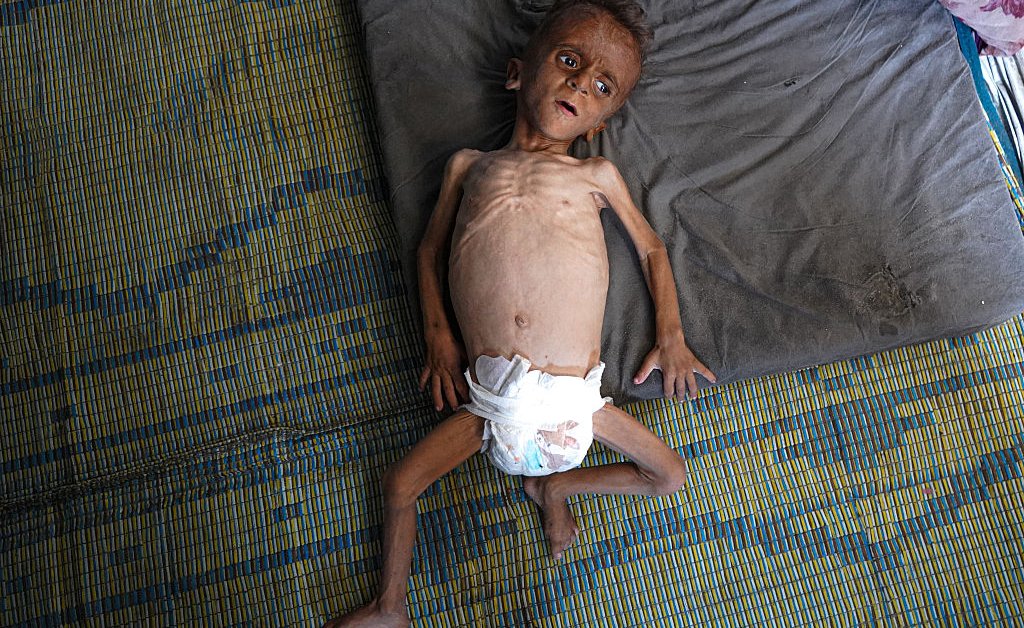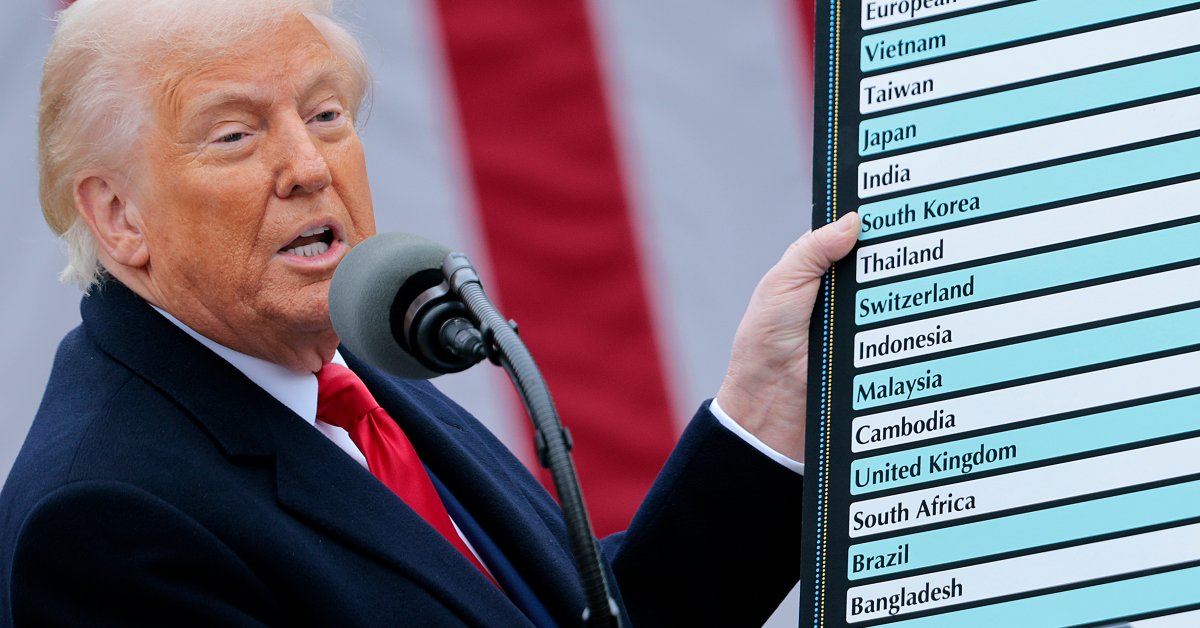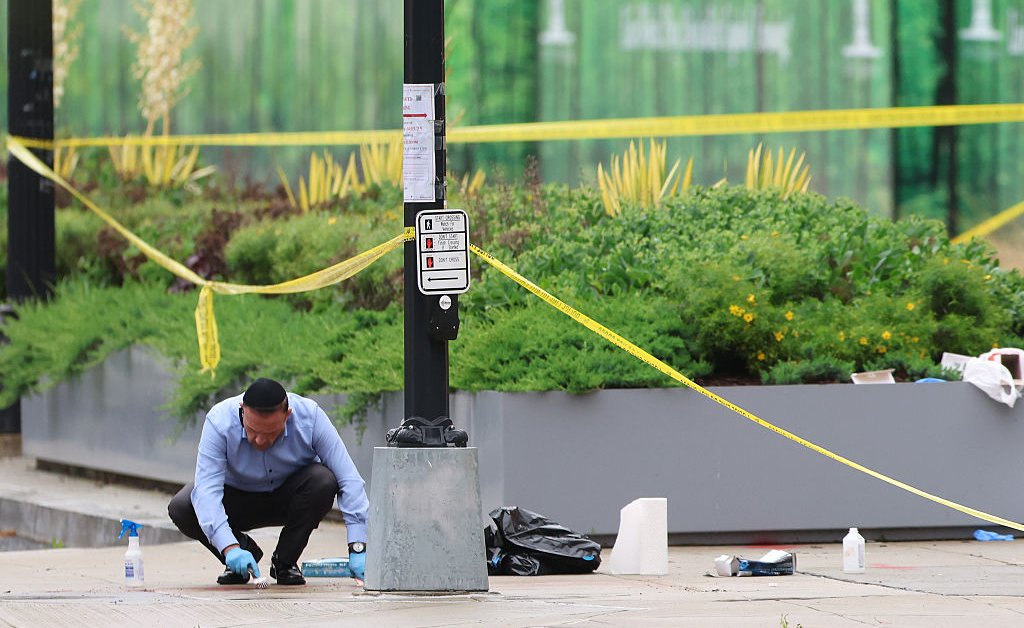Today, the Integrated Food Security Phase Classification (IPC)—the global gold standard initiative charged with assessing hunger and food insecurity—released a devastating but predictable analysis: famine, the worst case scenario humanitarian actors have been warning about for the past 21 months, is unfolding in Gaza.
According to the IPC, a body which prides itself on technical expertise and is not given to hyperbole, two of the three thresholds required to classify famine in Gaza have been surpassed. Food consumption and acute malnutrition, particularly in northern Gaza and Gaza City, have reached catastrophic levels. The third threshold, mortality from starvation and related causes, remains unverified. This is not because people are not dying. This is because the conditions on the ground—lack of humanitarian access, raging conflict, and the collapse of the health system—make data collection very hard.
The choice is deadly and clear. Why wait for a post-mortem when we can save these lives now?
The IPC analysis is not a warning. It is a photograph, together with those of the emaciated children that have shocked the world. I have heard it myself from International Rescue Committee (IRC) staff on the ground in Gaza. We must believe our eyes and ears: this is not a theoretical risk. It is a lived reality and it is happening now. The government of Israel’s restrictions on aid have created the conditions for famine—and the window to prevent mass death is rapidly closing.
This famine is a man-made catastrophe. It is not a consequence of natural scarcity, but of political choices. And historical precedent paints a stark picture of the cost of inaction. In Somalia in 2011, famine was only officially declared after more than 250,000 people had already died, half of them children under five. Despite months of warnings and worsening drought, the global response surged only after the declaration—and long after it could save the most vulnerable. It was the single most fatal food crisis of the 21st century. The risk before us is history repeating itself.
At the IRC, we are already seeing the consequences of inaction. One in five children in Gaza City is now acutely malnourished. Our Palestinian partners and IRC staff are delivering nutrition, child protection, health and hygiene support under relentless pressure—and often without food or electricity themselves. I have heard from staff who stretch one meal across an entire day. They tell us of children too weak to walk, and of emaciated people collapsing in the street.
The IRC knows all too well what severe acute malnutrition does to children’s bodies. It destroys immunity, making common illnesses like diarrhea or pneumonia lethal. It halts brain development, impairs physical growth, and leaves lifelong consequences. A child suffering from Severe Acute Malnutrition is 12 times more likely to die from disease than a well-nourished child. Even those who survive will bear the scars of this crisis for decades.
Despite the overwhelming evidence of rampant malnutrition and growing deaths from starvation, Gaza remains all but sealed off. At the IRC, we have several tons of life-saving medical supplies ready and waiting to enter—enough to treat thousands and bolster a health system that is collapsing under the weight of war and deprivation. These supplies sit idle. Hospitals are either destroyed or overwhelmed. Fuel is scarce. Food prices have surged by 700%. Gaza’s essential services have collapsed.
Instead of opening land routes, the international community has turned to airdrops and maritime routes, stopgaps that, while well-intentioned, are no substitute for safe, sustained access. Airdrops are inefficient, limited in scale, dangerous, incapable of delivering the specialized food and medical care required to save malnourished children. Land routes are not only the most efficient option, they are the only realistic option at the scale and speed this crisis demands. The IRC knows this from experience. In every major food crisis we’ve responded to—from Ethiopia to South Sudan—it is timely, coordinated and unimpeded access that makes the difference between life and death.
The solution is tragically simple. First, open all viable land crossings—not for hours and not with caveats, but at scale, with fast screening and consistency, to flood Gaza with aid immediately. We know that in the ceasefire months of January and February this year, the flow of humanitarian and commercial goods made a difference immediately. Second, ensure unimpeded access for humanitarian organizations to reach children and their families—from Rafah to northern Gaza. Third, the political track still matters. A ceasefire remains vital. Without an end to hostilities, no humanitarian corridor can function safely, Palestinian civilians cannot be reached at scale and the hostages will not return home.
This is not a crisis that demands more data. It demands more determination, not from those struggling to survive, but from national and international leadership that needs to speak out against the blockade that is driving people to more death. The world knows what is happening in Gaza. The cost of delay will be measured in the lives of children lost. It is too late for too many, but not for all. The choice is ours and the time is now.








